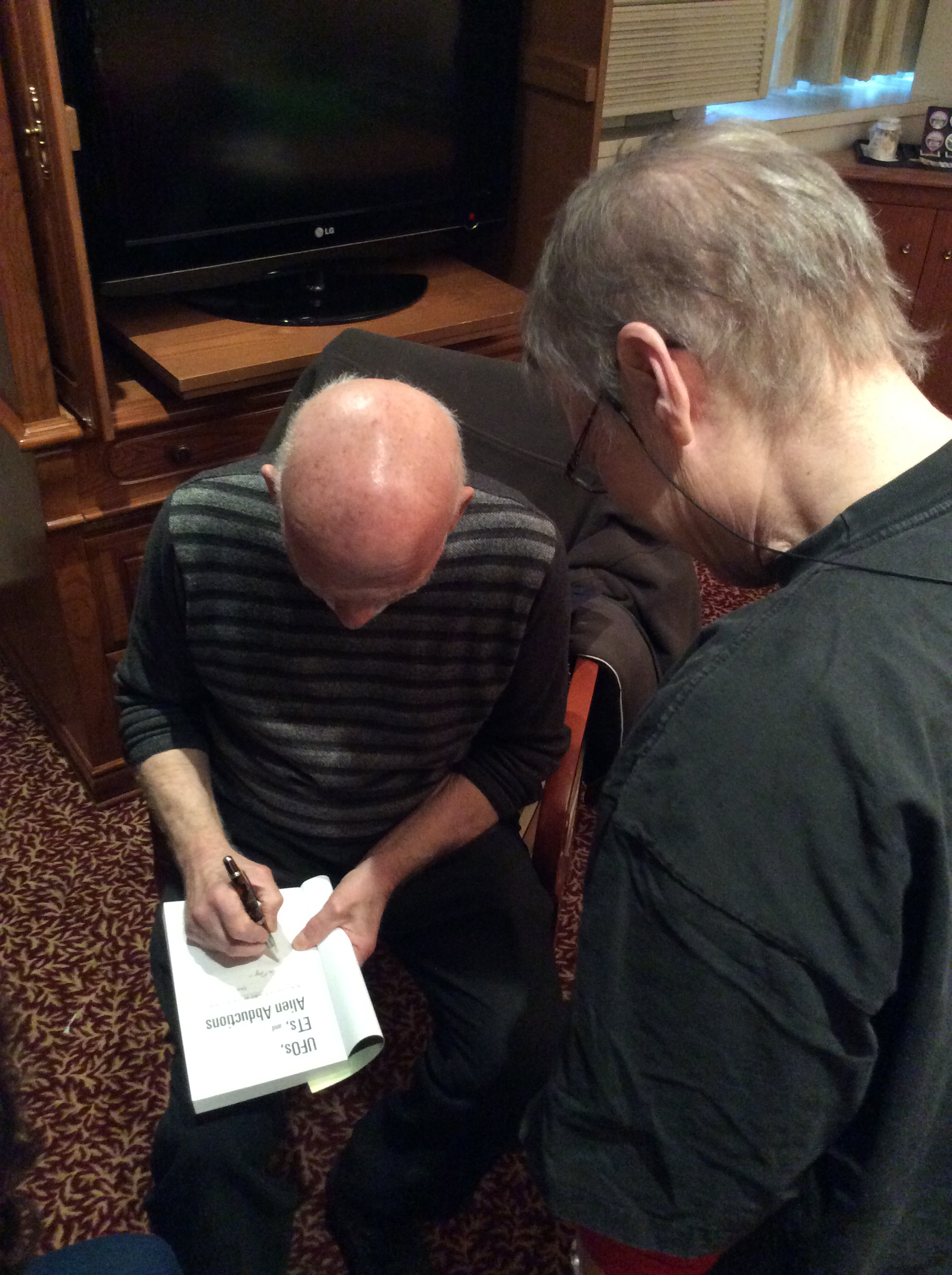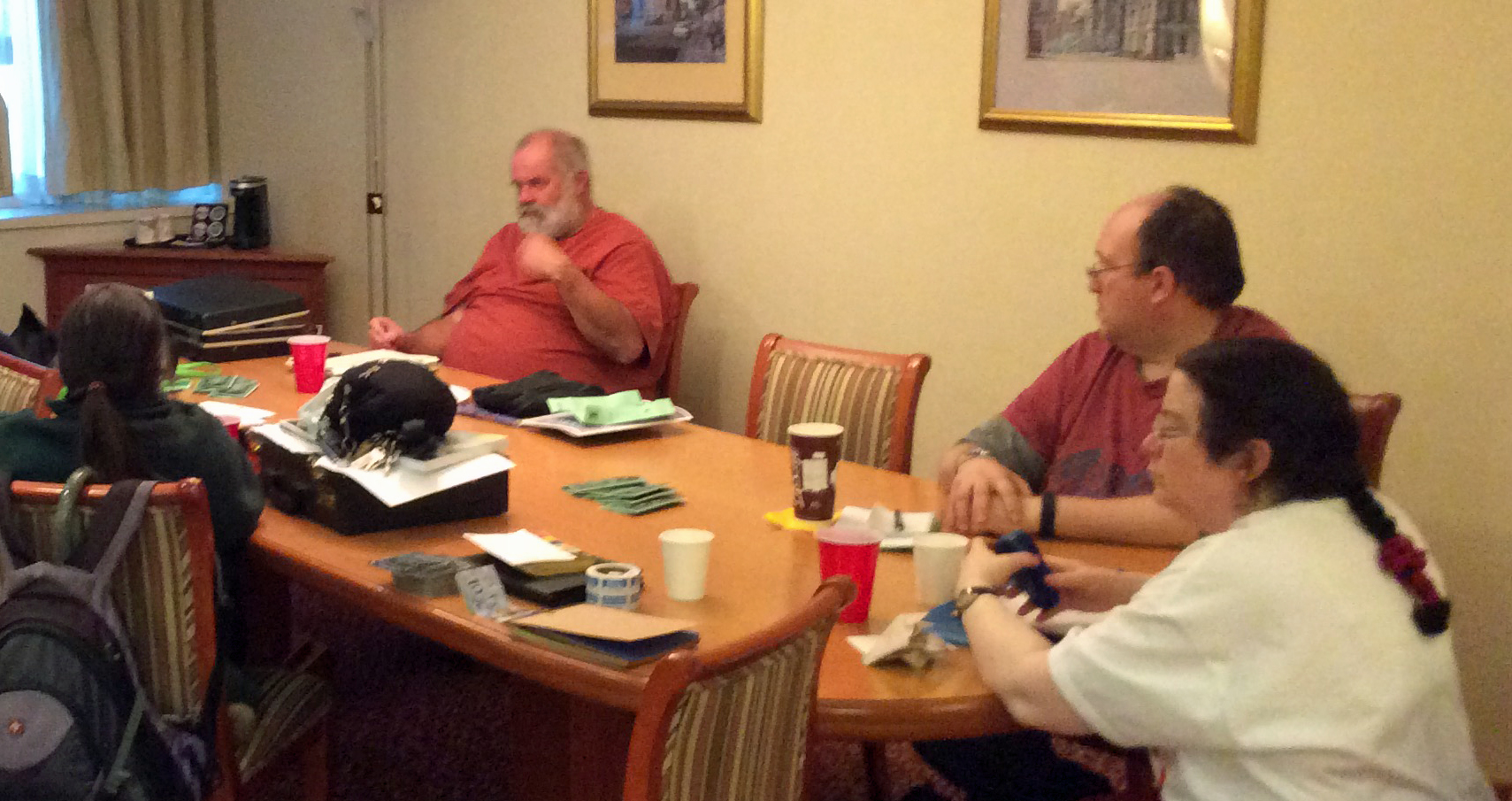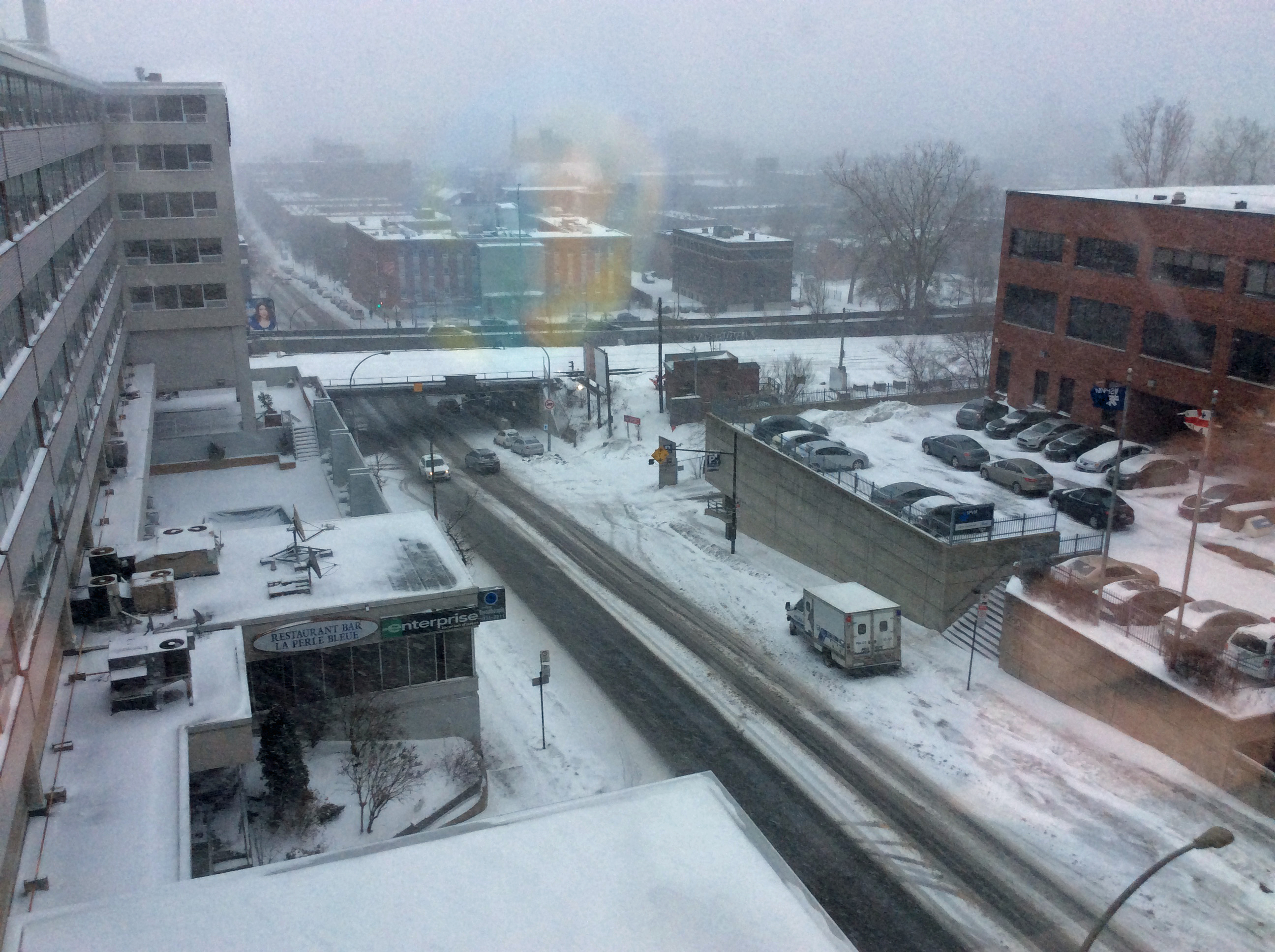MonSFFA is planning presentations on mega cities, designs for the future–the dreams we had in the past, the dreamers of today.
In today’s Montreal Gazette there was an article about future transportation: Flying taxis & rail loops with cities for stops .
I found a video for the flying Uber here.
TRANSPORT’S FUTURE IS NOW IN CALIFORNIA
Uber Air is testing its flying taxi service in San Diego and will launch services in 2023 in Los Angeles, Dallas and Melbourne.
This city sprawls across five counties with an exploding population of 14 million. Its roads are now so choked that this fall Uber, Lyft and taxis were banned from picking up people at its crowded airport. Now arriving passengers must wait, then board shuttle buses to go to remote parking lots to find rides.
So it’s hardly surprising that California is where 22nd century transportation modes are being invented. And those of us at this week’s high-level Abundance360 conference hosted by tech pioneer (and a friend) Peter Diamandis learned that the “robots” that will transport us and everything are coming in a handful of years.
The transition to autonomous or self-driving cars gathers speed. They are permitted in 29 states, with testing permits, while Tesla and others offer partial self-driving features with drivers onboard. But by the end of 2020, Elon Musk will roll out a fully automated version of Tesla which, he claims, will prove that such cars are three to four times safer than human drivers.
With trust in the tech, adoption will leap. Cars or drones on wheels will drive the elderly to doctor’s appointments or children to school or commuters to work while they work or watch television or sleep.
Besides that, flight and rail will also be transformed. Uber Air is testing its flying taxi service in San Diego and will launch services in 2023 in Los Angeles, Dallas and Melbourne. Most important, the FAA, or Federal Aviation Administration, has given a theoretical green light for these low-altitude commuter services along selected air routes, pending trials.
Uber will offer short-haul flights at low altitudes between sky ports that will be built or added on to existing rooftops, vacant parking lots, stadiums, or highway interchanges. Uber plans to take cars off the road and keep costs low by “batching” passengers. People will be picked up and ride-share in vehicles to a sky port for departure, then fly and ride-share from the sky port to their work destinations. The process will be reversed at the end of the workday.
“These are not helicopters, which are unsafe, noisy and expensive,” said Nikhil Goel, head of product development at Aviation Uber. They are EVTOLs, or electrically powered vertical take-off and landing drones, with noise-proof rotors that allow them to vertically take off, then fly between sky ports.
“A helicopter cost is $10 per mile,” he said, “but with batching (of passengers) to and from sky ports we can get that cost down to $1.50 per mile.”
The ultimate goal is to get cars off the road by making it faster and cheaper to fly than to own a car to commute. Last year, billions were raised for development by various companies and the first one was listed on Nasdaq. Joint ventures between flying car companies like Uber and Joby and giant automakers like Hyundai and Toyota are moving quickly.
“It’s two hours from JFK Airport to Manhattan by car and less than 10 minutes flying,” said Goel.
Such aircraft will also be able to carry cargo and to deliver emergency supplies or ambulance services quickly.
Another Los Angeles pioneer is Virgin Hyperloop One, which will revolutionize railways by moving passengers and freight through concrete tunnels at the speed of aircraft.
Virgin’s CTO Josh Giegel said the company is working on nine projects and 400 test pilots, and expects several lines to be built this decade. These rail systems will link cities, and could be tunnelled, or built above ground along existing highway medians.
“Hyperloop would turn cities into stops,” said Giegel. “For instance, Chicago, Columbus and Pittsburgh would be 30 minutes apart.”
These companies will allow cities to reach their goal of getting cars off the road this decade. The only obstacle in their path will be political will and foresight.






